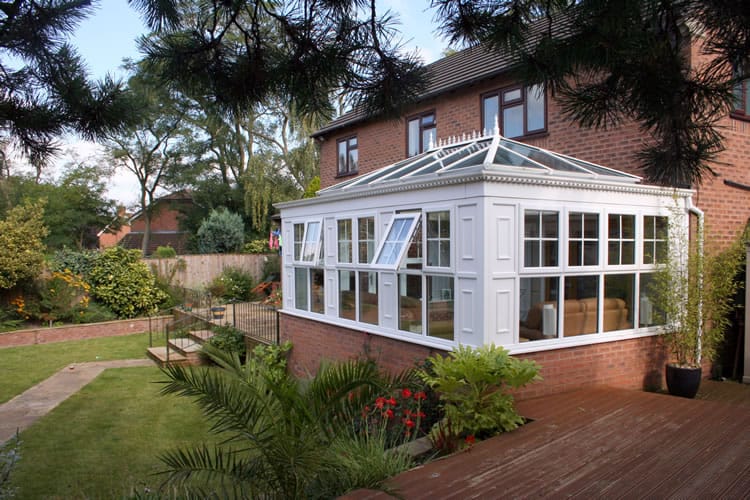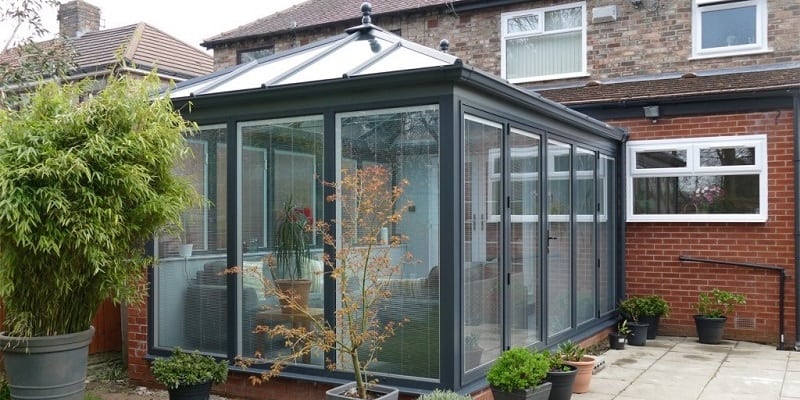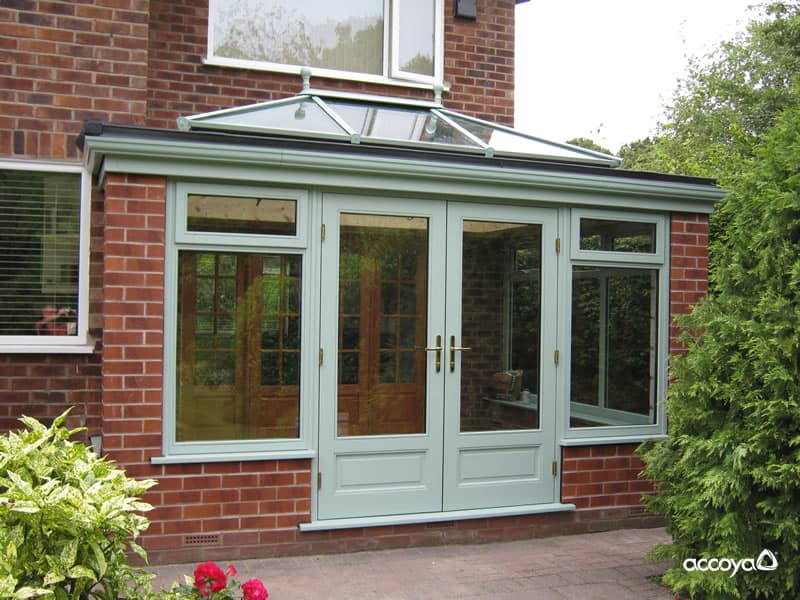Orangery vs Extension: Choosing the Best Option for Your Home
Understanding the key difference between orangery and extension options can be crucial when planning to expand your living space. As...
Read MoreLast Updated: 29 April 2025

Although building an extension is unquestionably a good idea, there’s plenty you need to do before actually getting on and building one. This short guide aims to provide you with all the information you need to start extending your home.
Do you want a traditional brick and mortar extension, a conservatory or an orangery? Or how about a contemporary garden room? The characteristics of the different extension types vary significantly so it pays to do your homework before deciding which is right for you.
If you require some inspiration, why not check out 3 home extension ideas that add natural light to your home?
Planning approval is a necessary requirement under a variety of circumstances. Larger structures will require it and if you happen to live in a designated area, you’re likely to need it too.
You can usually build an extension without acquiring planning permission as long as it abides by these size restrictions:
These size restrictions were due to expire on the 30th May 2019, however, the UK government has decided to make them permanent.

Even if your planned extension does not exceed the aforementioned size limits, if you live in a designated area, there’s a good chance planning approval will still be needed. This is because permitted development rights are often restricted within them. Examples of designated areas include:
It’s also important to point out that side extensions in designated areas will require planning permission and all rear extensions must be single-storey.

Once you’ve decided what you’re after and sorted any relevant planning approvals, the next step is finding yourself the right installer.
Your chosen installer should have the right experience and expertise to build your extension to the highest standard. Take us here at Reddish Joinery, for example, we’ve got over 50 years of experience behind us and an outstanding portfolio of orangeries and conservatories to boot.
If you live in or around the Manchester area, Reddish Joinery can extend your home with a high-performance conservatory. We forge close relationships with each of our customers in order to determine what it is they are after, before improving their home.
We’ve also got a conservatory buying guide available, to help you find the right conservatory for you. For more information or to request a no-obligation quote, give us a call on 0161 969 7474 or send us an online message.
Understanding the key difference between orangery and extension options can be crucial when planning to expand your living space. As...
Read MoreUnderstanding building regulations for orangeries is crucial when planning this elegant home extension. While orangeries can transform your living space...
Read MoreLooking to add a touch of elegance and value to your property? Want to increase your living space and boost...
Read MoreWhen considering home extensions, orangeries often emerge as a superior choice – and for good reasons that might surprise you....
Read More